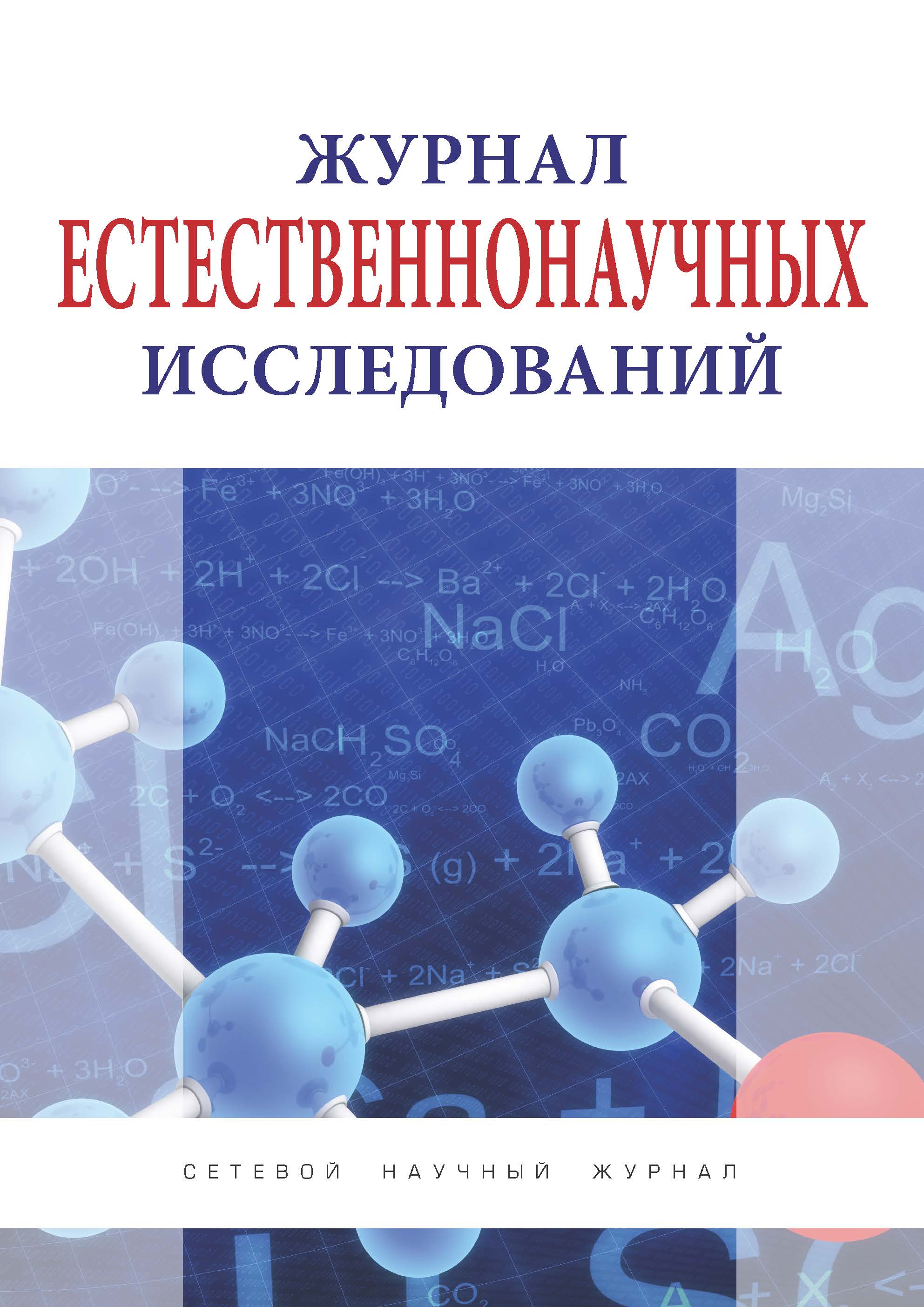Russian Federation
Density-temperature scales in the hot universe theory (HUT) and the standard cosmological model (SCM) are compared. During the adiabatic expansion of the Universe in the era of radiation domi-nance in the HUT the dependence on temperature of the density of substance ρ ~ T3, density radia-tion energy εν ~ T4. The SCM takes into account the epoch of separation of radiation from sub-stance in the dependences: ρ' ~ T2, εν' ~ T3. In the temperature range 1 eV – 1 GeV within the SCM, the density of the Universe is ρ/ρ' ~ 103 times lower than in the HUT, and its expansion time is t'/t = (ρ/ρ')1/2 ≈ 30 times longer. According to the HUT, deuterium was formed during the epoch of nucleosynthesis at T ~ 0.1 MeV and then gradually burned out at a fraction of baryons Ωb ~ 0.03. The degree of deuterium burnout in the framework of the SCM relative to the HUT was esti-mated taking into account the Lawson criterion δD = ρ't'/ρt ≈ 0.03, i.e. deuterium abundance within the SCM corresponds to the cosmological fraction of baryons Ωb' = Ωb/δD ≈ 1.
hot universe theory, standard cosmological model, nucleosynthesis, deuterium
1. A.V. Zasov, K.A. Postnov. Obschaya astrofizika. 2-e izd. ispr. i dop. Fryazino: Vek 2. - 2011. - 576 s.
2. A.M. Prohorov. Fizicheskaya enciklopediya, t. 1. M.: Nauchnoe izdatel'stvo «Bol'shaya Rossiyskaya enciklopediya». - 1988. - 704 s.
3. A.M. Prohorov. Fizicheskaya enciklopediya, t. 2. M.: Nauchnoe izdatel'stvo «Bol'shaya Rossiyskaya enciklopediya». - 1998. - 703 s.
4. A.M. Prohorov. Fizicheskaya enciklopediya, t. 3. M.: Nauchnoe izdatel'stvo «Bol'shaya Rossiyskaya enciklopediya». - 1992. - 672 s.
5. R. Adam, et al. Planck 2015 results. I. Overview of products and scientific results // Astron-omy and Astrophysics. - 2016. - V. 594. - A1. - 38 pp.
6. V.A. Bednyakov. O proishozhdenii himicheskih elementov // Fizika elementarnyh cha-stic i atomnogo yadra. - 2002. - T. 33. - № 4. - S. 915-963.
7. A.M. Prohorov. Fizicheskaya enciklopediya, t. 4. M.: Nauchnoe izdatel'stvo «Bol'shaya Rossiyskaya enciklopediya». - 1994. - 704 s.
8. A.M. Prohorov. Fizicheskaya enciklopediya, t. 5. M.: Nauchnoe izdatel'stvo «Bol'shaya Rossiyskaya enciklopediya». - 1998. - 784 s.
9. B.V Vayner. Yu.A. Schekinov. Proishozhdenie deyteriya // Uspehi fizicheskih nauk. - 1985. - T. 146. - № 1 - S. 143-171.
10. J.M. Shull, B.D. Smith, C.W. Danforth. The Baryon Census in a Multiphase Intergalactic Medium: 30% of the Baryons May Still be Missing // The Astrophysical Journal. - 2012. - V. 759. - № 1. - 15 pp.
11. M. Fukugita, C.J. Hogan, P.J.E. Peebles. The Cosmic Baryon Budget // The Astrophysical Journal. - 1998. - V. 503. - № 2. - P. 518-530.
12. A. de Graaff, Y.-C. Cai, C. Heymans, J.A. Peacock. Probing the missing baryons with the Sunyaev-Zel’dovich effect from filaments // Astronomy & Astrophysics. - 2019. - V. 624. - A48. - 12 rr.
13. J.-P. Macquart, et al. A census of baryons in the Universe from localized fast radio bursts // Nature. - 2020. - V. 581. - P. 391-408.
14. C. Alcock, et al. The MACHO Project: Microlensing Results from 5.7 Years of Large Magel-lanic Cloud Observations // The Astrophysical Journal. - 2000. - V. 542. - № 1. - R. 281-307.
15. J.M. O'Meara, D. Tytler, D. Kirkman, N. Suzuki, J.X. Prochaska, D. Lubin, A.M. Wolfe. The Deuterium to Hydrogen Abundance Ratio toward a Fourth QSO: HS 0105+1619 // The As-trophysical Journal. - 2001. - V. 552. - № 2. - P. 718-730.
16. S.Yu. Poroykov. Harakteristiki pervyh zvezd i produktov ih evolyucii // Zhurnal estestvennonauchnyh issledovaniy. - 2023. - T. 8. - № 1. - S. 22-48.






